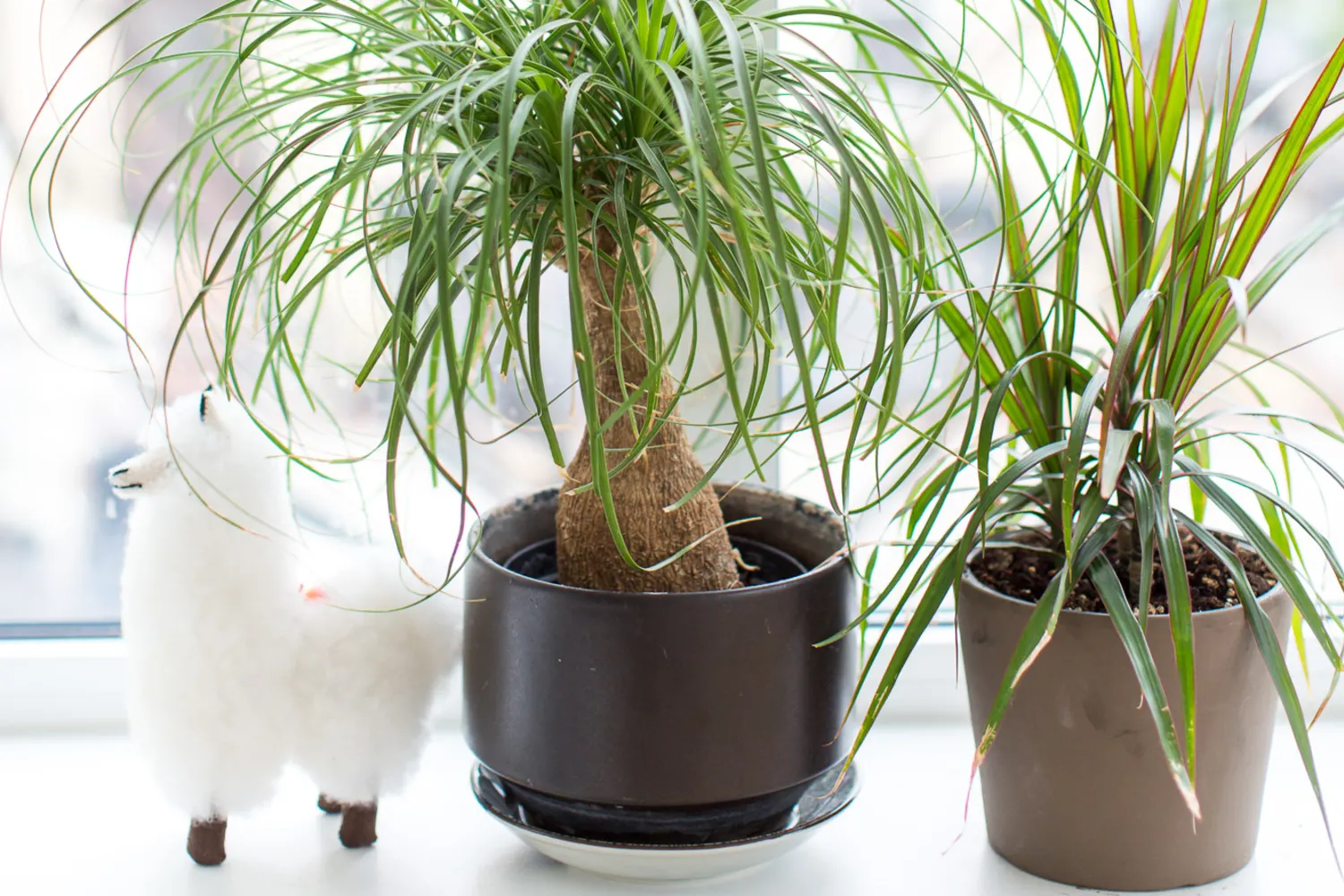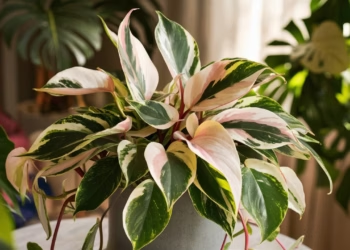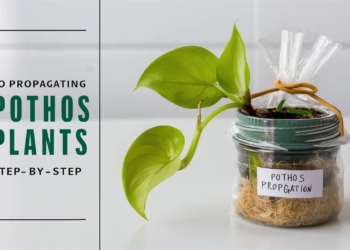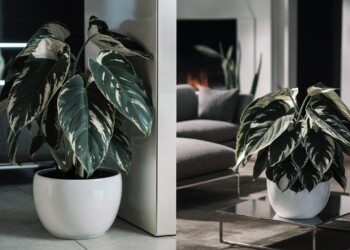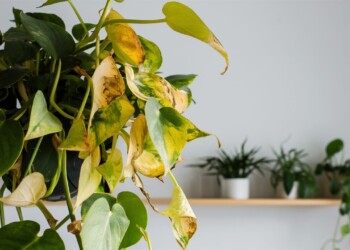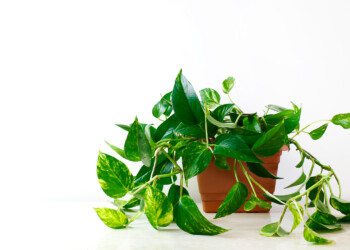Welcome to the ultimate guide for all plant enthusiasts and green thumbs alike! Have you ever wondered how to care for your beloved ponytail palm? Fear not, for you’ve stumbled upon the ultimate resource to unlock the secrets of ponytail palm care instructions! Whether you’re a seasoned plant parent or a novice in the world of greenery, this comprehensive guide will equip you with the knowledge and skills to nurture your ponytail palm to its fullest potential.
Table Of Contents
Getting to Know Your Ponytail Palm
Before delving into the nitty-gritty of care instructions, let’s acquaint ourselves with this unique and stunning plant species. The ponytail palm, scientifically known as Beaucarnea recurvata, is not a palm at all but rather a member of the Agave family! Originating from the arid regions of Mexico, this resilient plant boasts a striking appearance with its long, slender leaves cascading from a bulbous trunk, resembling a ponytail-hence its whimsical name!
Appearance
Picture a miniature palm tree, but with a quirky twist! The ponytail palm features a stout, swollen trunk that stores water, enabling it to withstand periods of drought. Atop this bulbous base, long, ribbon-like leaves arch gracefully, adding an element of elegance to any space.
Growth Habits
Curious about the growth habits of your ponytail palm? Unlike traditional palms that grow vertically, the ponytail palm’s leaves cascade outward in a fountain-like fashion, creating a visually captivating display. With proper care and attention, your ponytail palm can grow up to several feet tall, becoming a statement piece in your indoor garden.
Unique Features
What sets the ponytail palm apart from other houseplants? Aside from its distinctive appearance, this plant has a fascinating ability to store water within its trunk, making it highly adaptable to arid conditions. Additionally, ponytail palms are renowned for their low-maintenance nature, making them ideal companions for busy individuals seeking a touch of greenery in their lives.
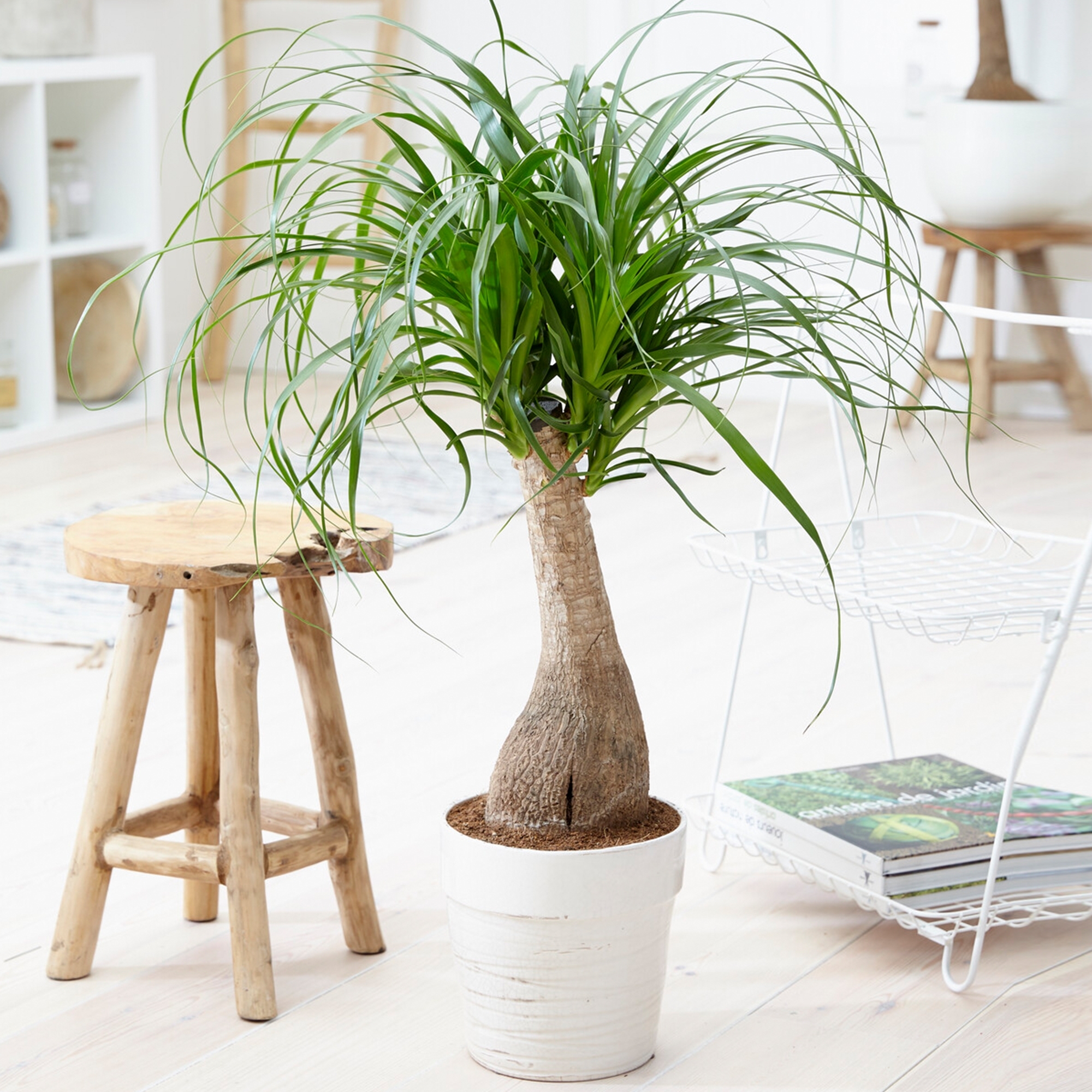
Ponytail Palm Care Instructions: The Ultimate Guide
Now that you’re acquainted with the basics, let’s dive into the heart of the matter-ponytail palm care instructions! Whether you’re a first-time plant parent or a seasoned enthusiast, mastering these essential tips will ensure your ponytail palm thrives and flourishes.
Light
Ah, the elixir of life for plants-light! When it comes to ponytail palm care instructions, adequate sunlight is paramount for healthy growth. Here’s what you need to know:
- Bright Indirect Light: Position your ponytail palm near a bright south-facing window where it can bask in ample sunlight without being exposed to direct rays. Avoid placing it in dimly lit corners or shaded areas, as this can impede its growth.
- Rotate Regularly: To promote even growth and prevent your ponytail palm from leaning towards the light, rotate it periodically to ensure all sides receive equal sun exposure.
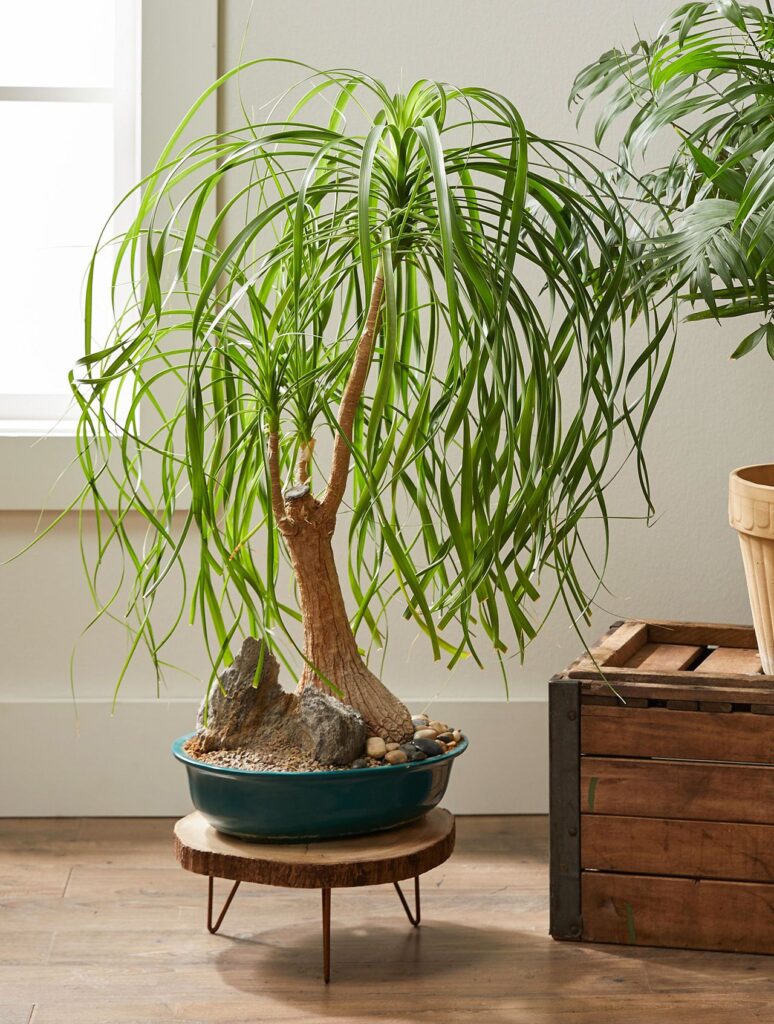
Watering
Navigating the delicate balance of watering your ponytail palm can be a game-changer in its care regimen. Follow these guidelines to keep your plant hydrated and happy:
- Moderate Watering: Unlike traditional palms, ponytail palms have a unique water storage system in their trunk, making them drought-tolerant. Water your plant thoroughly, allowing the soil to dry out partially between waterings, typically every two to three weeks. Overwatering can lead to root rot, so exercise caution and err on the side of underwatering rather than overwatering.
- Seasonal Adjustments: Adjust your watering frequency based on seasonal changes and environmental conditions. During the warmer months, your ponytail palm may require more frequent watering to combat the heat, whereas in winter, you can scale back to prevent waterlogged soil.
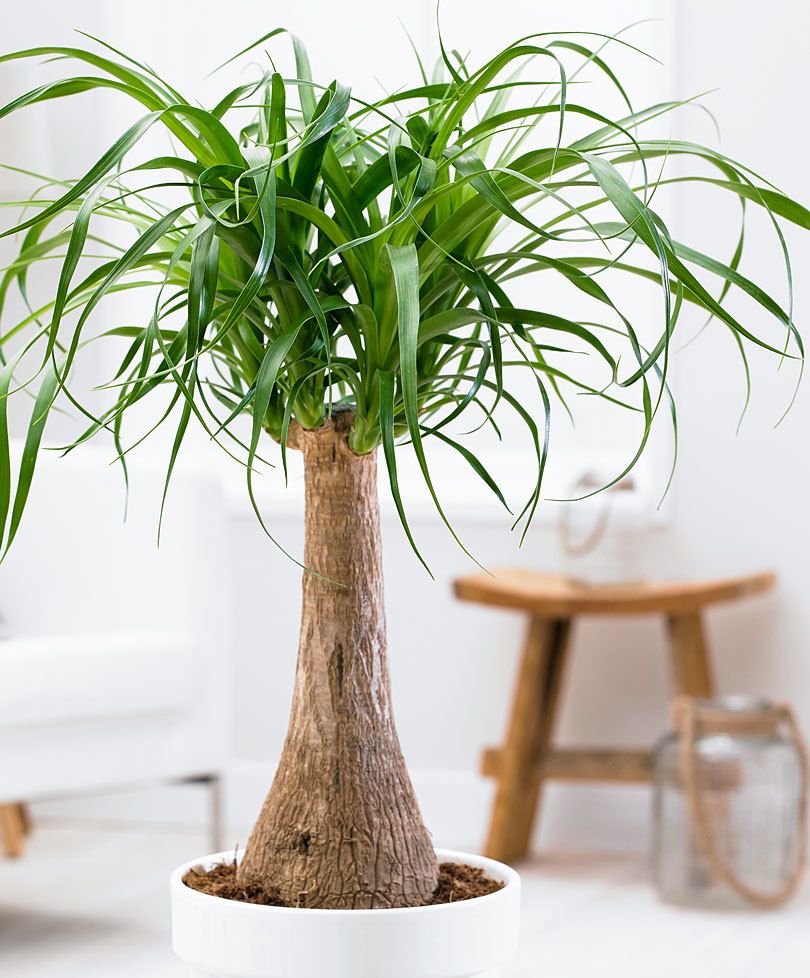
Soil and Potting
The foundation of healthy plant growth lies in the quality of its soil and potting arrangements. Here’s what you need to know about soil and potting for your ponytail palm:
- Well-Draining Soil: Opt for a well-draining potting mix specifically formulated for succulents and cacti. Avoid heavy, water-retentive soils that can lead to moisture-related issues such as root rot.
- Proper Pot Size: Choose a pot with adequate drainage holes to prevent water from pooling at the base. Select a pot that accommodates the size of your ponytail palm, allowing room for root expansion.
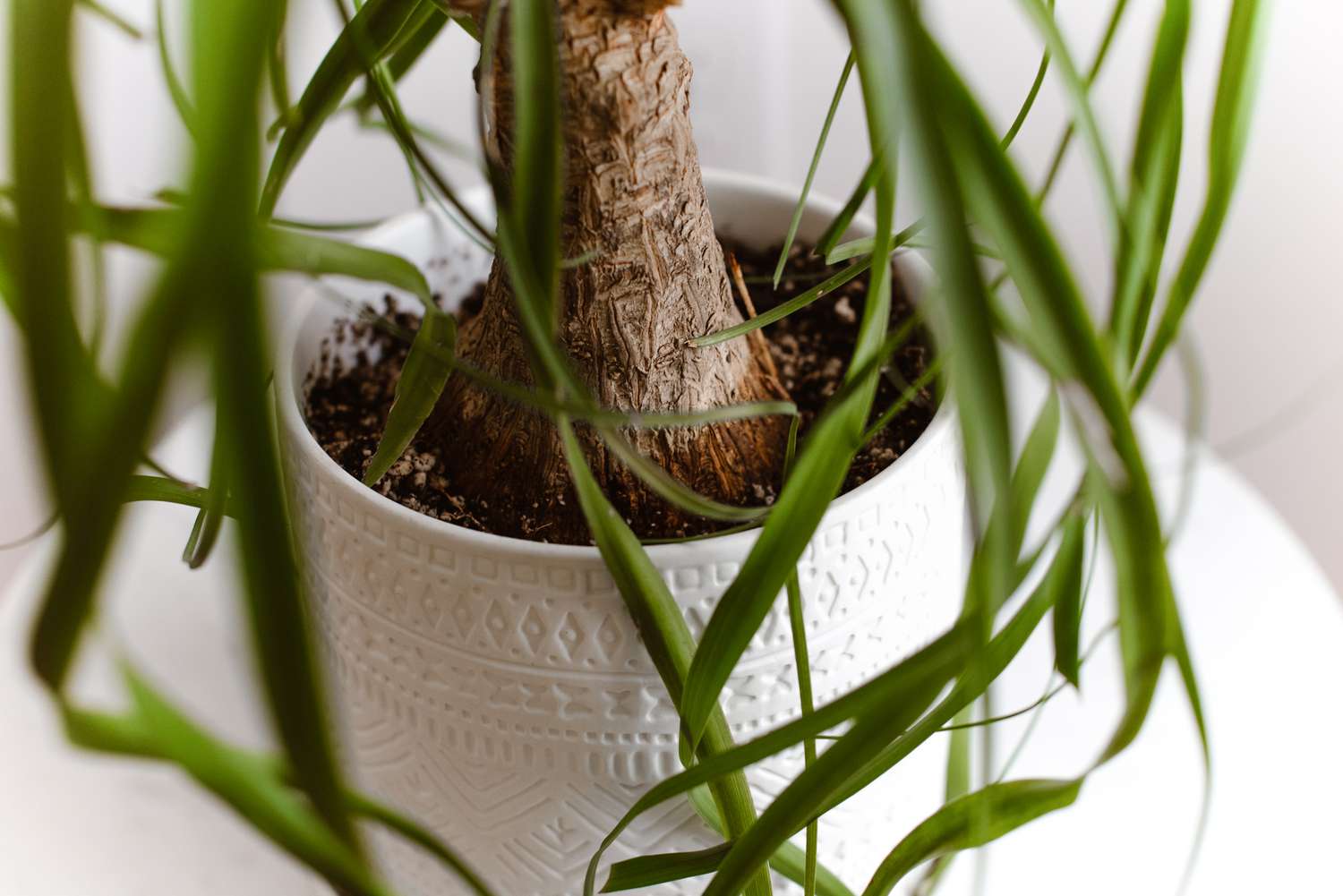
Temperature and Humidity
Creating a conducive environment for your ponytail palm involves optimizing temperature and humidity levels. Here’s how to ensure your plant remains comfortable year-round:
- Temperature Range: Ponytail palms thrive in average room temperatures ranging from 65°F to 75°F (18°C to 24°C). Avoid exposing your plant to extreme temperature fluctuations, as this can stress the foliage and impede growth.
- Humidity Considerations: While ponytail palms can tolerate low humidity levels, they appreciate occasional misting to mimic their natural habitat. Alternatively, you can place a small tray of pebbles filled with water beneath the plant to elevate humidity levels in its vicinity.
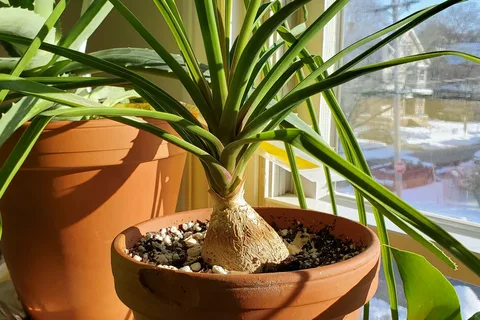
Fertilization
Ah, the secret sauce for promoting lush, vibrant growth-fertilization! Here’s how to nourish your ponytail palm for optimal health and vitality:
- Sparse Feeding: Ponytail palms are relatively low-maintenance when it comes to fertilization. Apply a balanced, water-soluble fertilizer diluted to half strength during the growing season (spring and summer) once every two to three months. Refrain from fertilizing during the dormant winter months when growth slows down.
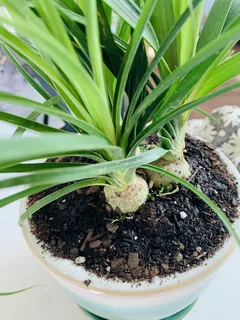
Pruning and Maintenance: ponytail palm maintenance
While ponytail palms are renowned for their resilient nature, occasional pruning and maintenance are essential to keep them looking their best. Follow these tips to groom your plant to perfection:
- Trimming Dead Leaves: Remove any yellowing or browning leaves with clean, sharp scissors to maintain a tidy appearance and prevent potential disease spread.
- Pruning Tips: Prune back any leggy or overgrown stems to encourage new growth and maintain the plant’s desired shape. Aim to prune during the spring or early summer months when the plant is actively growing.
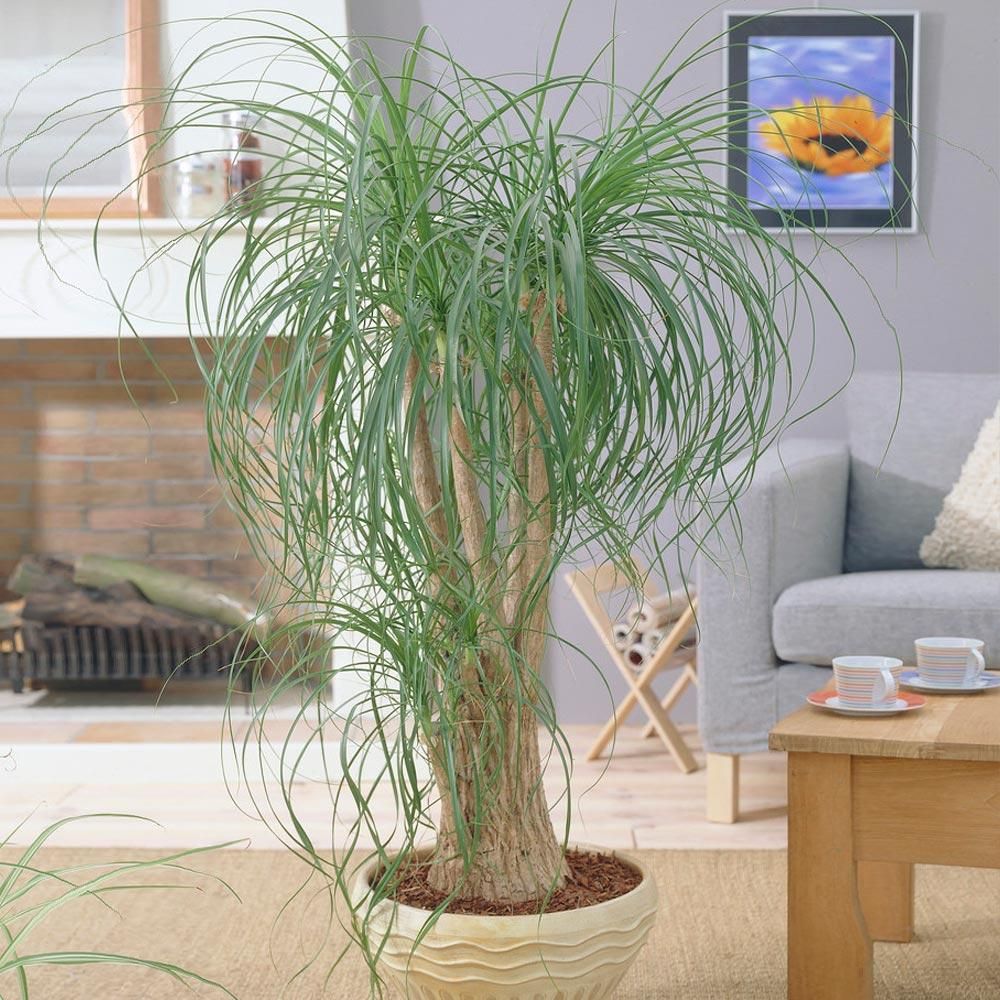
Congratulations, you’ve embarked on a journey to become a ponytail palm aficionado! Armed with the knowledge gleaned from this ultimate guide to ponytail palm care instructions, you’re well-equipped to nurture your plant to perfection. Remember, a little love, care, and attention go a long way in fostering a thriving indoor garden. So, roll up your sleeves, get your hands dirty, and watch your ponytail palm flourish in all its glory!
FAQs
Do Ponytail Palms need sun?
Ponytail Palms (Beaucarnea recurvata) prefer bright, indirect sunlight. While they can tolerate some direct sunlight, too much can scorch their leaves. Place them near a sunny window where they can receive plenty of indirect light.
How often do I water a Ponytail Palm?
Ponytail Palms are drought-tolerant plants and prefer to dry out between waterings. Water thoroughly when the top few inches of soil are dry, typically every 2-3 weeks during the growing season (spring and summer). Reduce watering frequency in the dormant season (fall and winter).
How do you take care of a potted Ponytail Palm?
To care for a potted Ponytail Palm:
- Light: Provide bright, indirect sunlight.
- Watering: Allow the soil to dry out between waterings, then water thoroughly.
- Soil: Use well-draining soil mix to prevent waterlogging.
- Temperature: Keep the plant in a warm environment, ideally between 65°F to 85°F (18°C to 29°C).
- Humidity: Ponytail Palms tolerate low humidity but appreciate occasional misting.
- Fertilization: Feed with a balanced fertilizer diluted to half strength every 2-3 months during the growing season.
Should I cut the brown tips off my Ponytail Palm?
If the brown tips are minimal, you can trim them off for aesthetic reasons. However, avoid cutting into healthy green tissue. Brown tips can be a sign of underwatering, overfertilization, or low humidity. Adjust your care routine accordingly to prevent further browning.
What are common problems with ponytail palms?
Common issues with Ponytail Palms include:
- Overwatering: Can lead to root rot and other fungal diseases.
- Underwatering: Causes brown tips and dry, crispy leaves.
- Low Humidity: Results in browning leaf tips.
- Pests: Occasionally susceptible to spider mites, mealybugs, and scale insects.
- Cold Temperatures: Frost or prolonged exposure to temperatures below 50°F (10°C) can damage the plant.
Do ponytail palms like rain?
Ponytail Palms are native to dry regions of Mexico, and they are adapted to withstand drought conditions. While they can tolerate occasional rain, they are sensitive to overwatering and waterlogged soil. It’s essential to ensure proper drainage in their potting medium to prevent root rot. In their native habitat, they often experience periods of heavy rainfall followed by drought, so they can handle occasional rain as long as the soil drains well.
